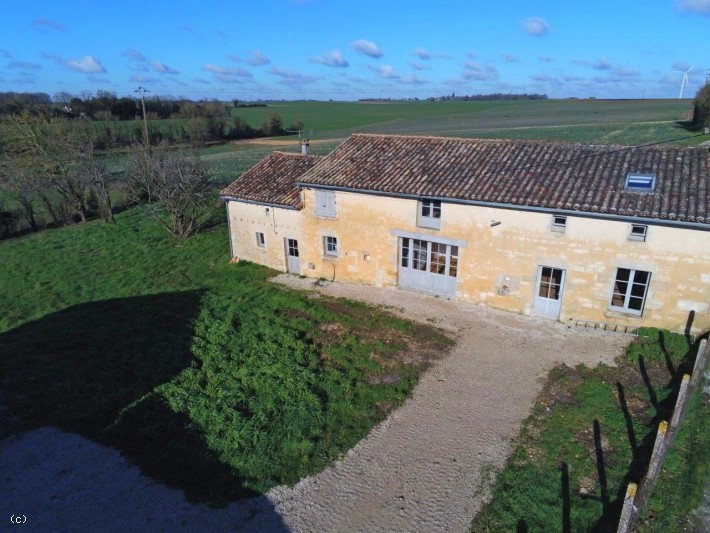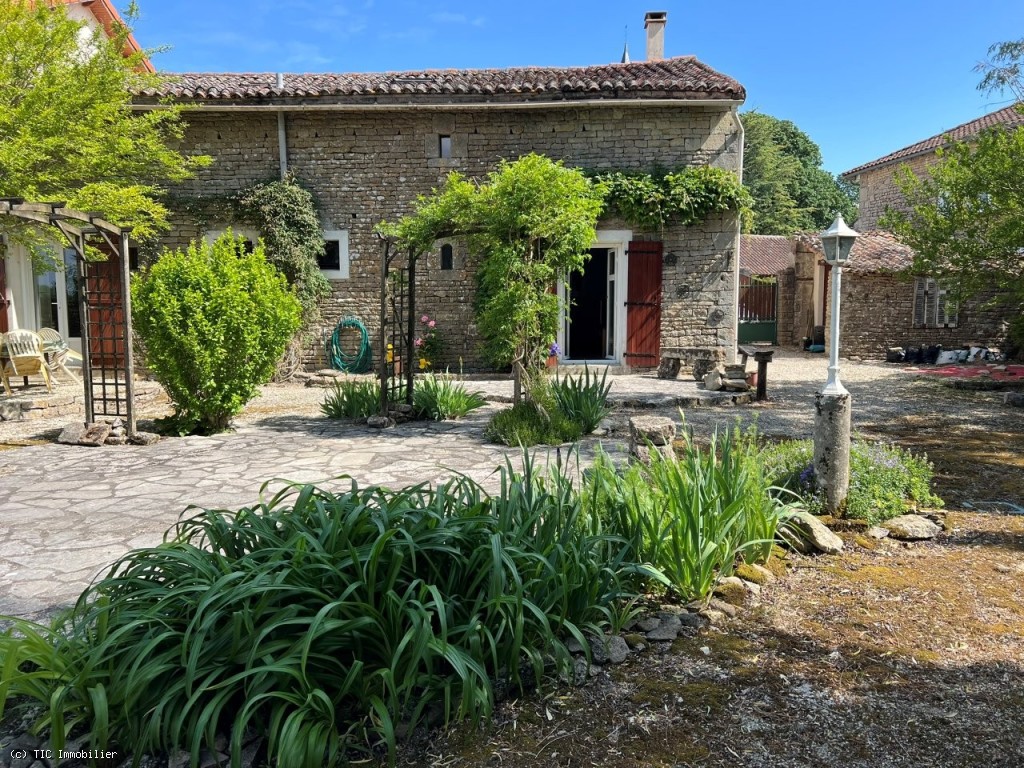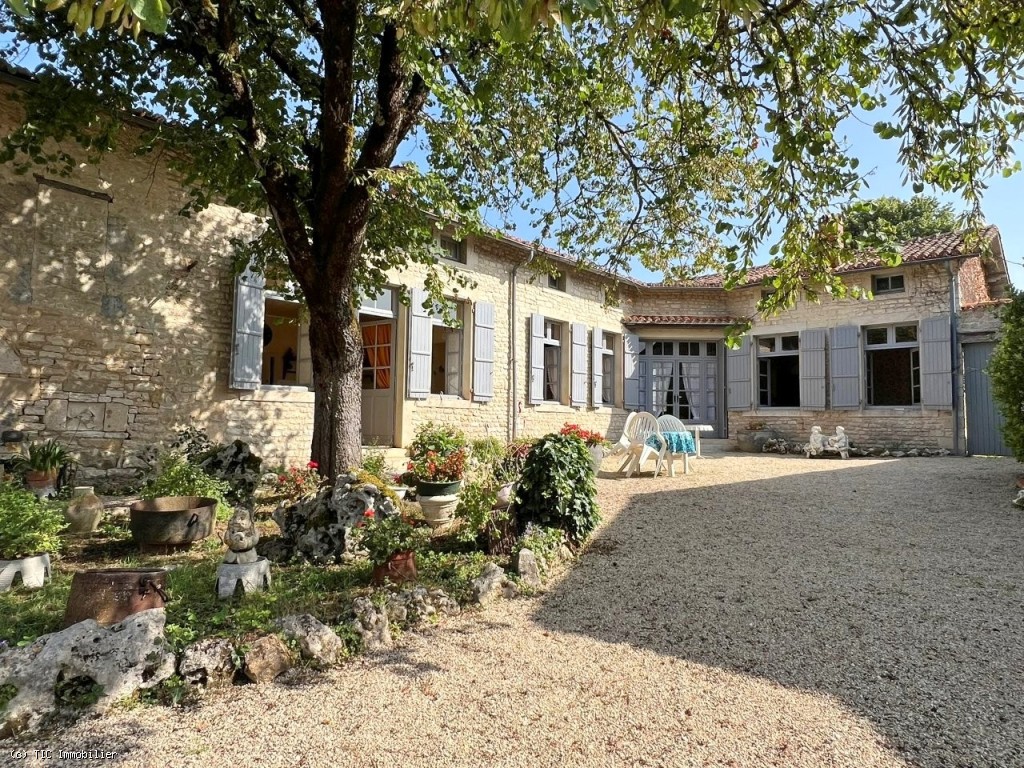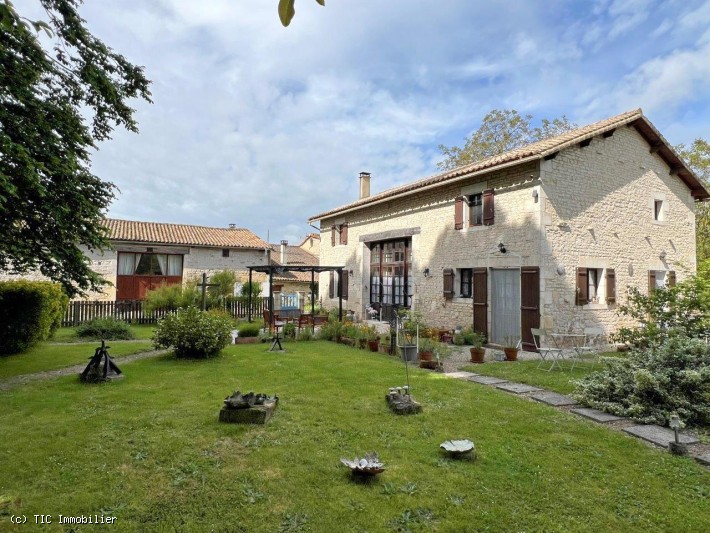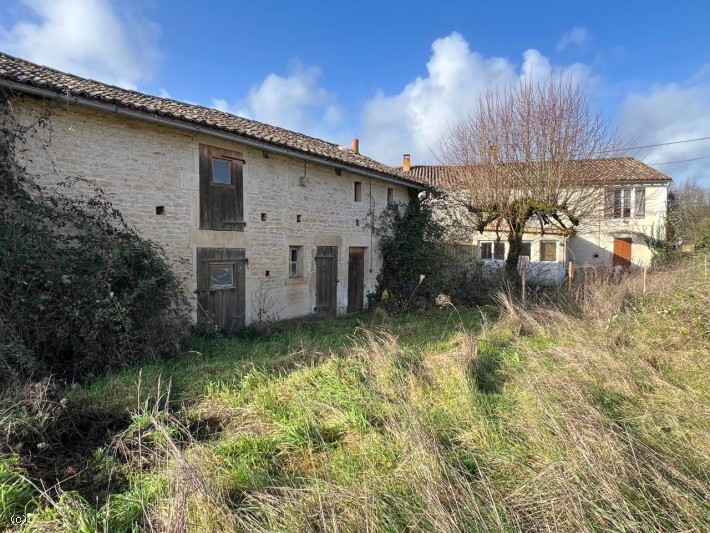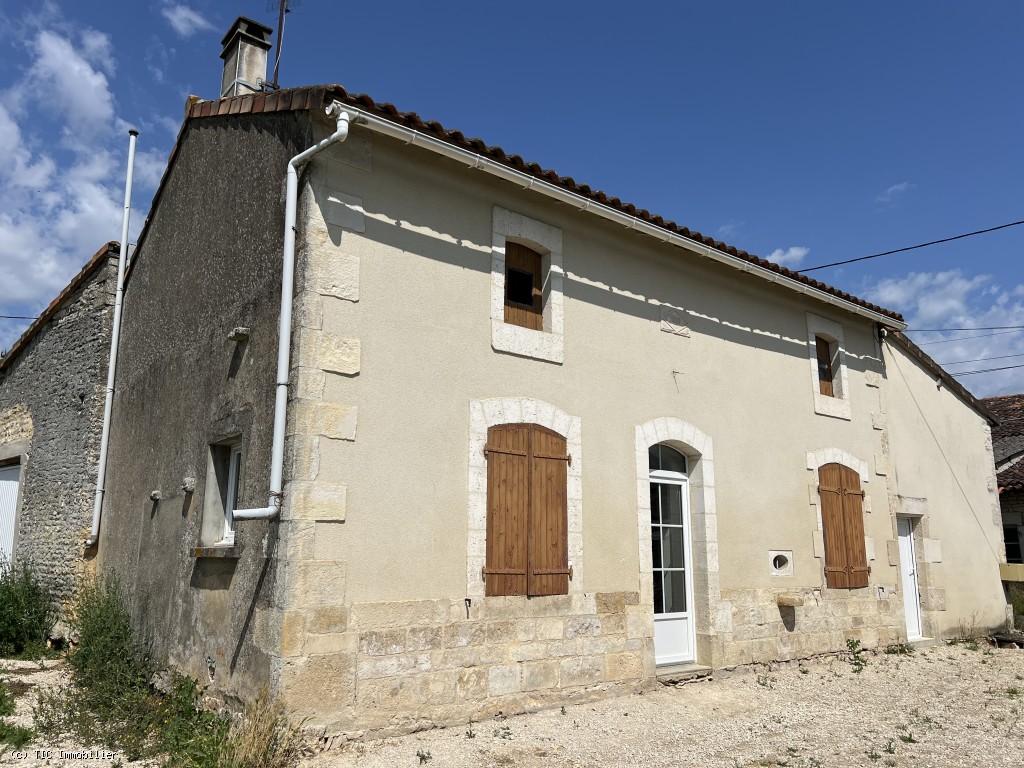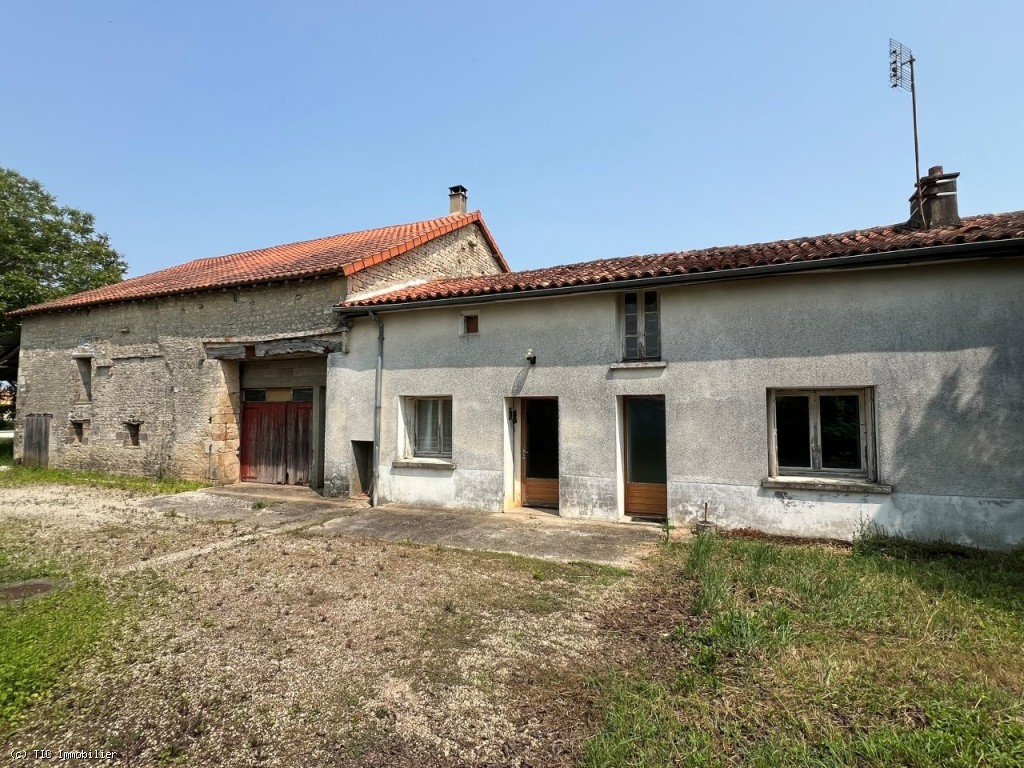Barry Watton's February Garden To Do List.
FEBRUARY GARDEN TO DO LIST
By February I am more than sick of winter. The winter blues have thoroughly set in and yearning for warm, sunny days reaches maximum levels. But the signs are there: The tops of spring bulbs tease at what is to come by poking through. Daylight is creeping in the right direction and the nights noticeably start drawing out again. Average temperatures are on the increase too. It may be only a very small difference, but when you’re freezing brass monkeys in the garden every degree counts.
Spring is only a few weeks away so get ready with your February Garden To Do List:
SPRING BULBS
Did you miss your chance to plant spring bulbs in September/October? If so, you can buy bulbs in growth in pots in garden centres from around about now. Get them while you can. Stocks may be limited. The unusually warm weather we experienced last summer is said to have had a detrimental effect on the bulb harvest. I certainly found it very difficult last autumn to buy the bulbs I want for my clients often having to resort to alternatives, or going without entirely.
MOVE SHRUBS AND PLANT BARE ROOT TREES
February may be your last chance to do this. See my December garden to do post here for details.
COPPICE HAZEL
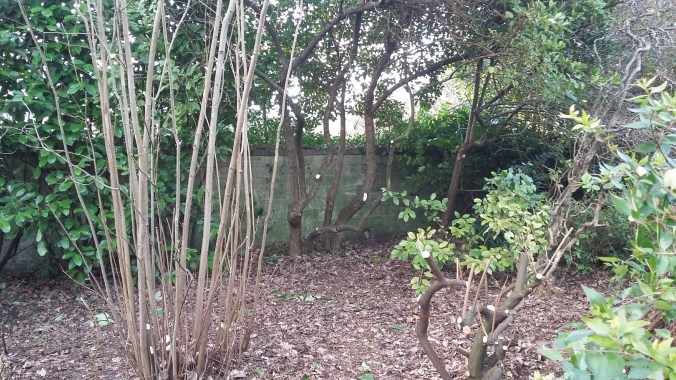
Hazel benefits from occasionally being cut down to just above ground level. It rejuvenates plant growth and simultaneously lets light penetrate the canopy to the planting beneath. Old hazel is thick, gnarly and kinked, and the canopy dense. New growth, or growth just a few years old, on the other hand has a dappled canopy. The stems are very straight and supple making young hazel perfect material for creating climbing and support structures in the potager. It can also be used to create raised bed edging, willow sculptures or hurdles.
Some other shrubs also benefit from similar treatment, either to give strong winter stem colour (although in this case it is better to wait until March before coppicing), or for larger leaves on regrowth.
Simply saw the stems to within just a few inches of the ground. Just remember that by doing so, you will lose this year’s catkins and hazel nuts. If deer frequent your garden, you may also wish to protect the new growth from browsing.
If you are unsure about pruning and you would like help with coppicing, please get in touch here.
THE BIG HERBACEOUS PERENNIAL CUT BACK
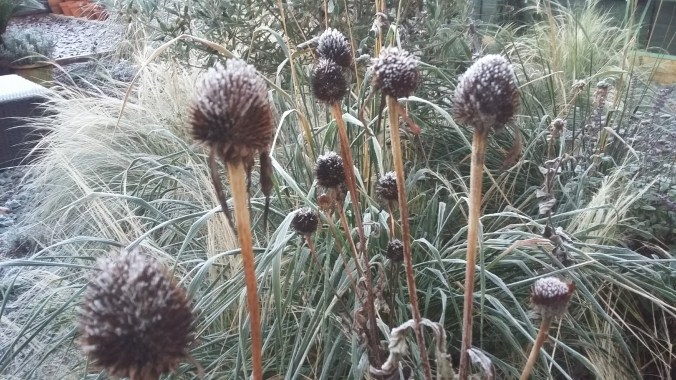
In October I pleaded with readers to refrain from stripping back the garden in autumn and to leave their perennials standing over winter. This autumn and winter we have had some sharp frosts in the Poitou-Charentes showing off the winter senescence at its best. Grasses and seed heads left standing look stunning backlit by the low sun.
Depending on the microclimate of your garden, February may be the time to get cracking with cutting back last year’s dead growth. Temperatures will be starting to rise, if only just a little, and the hours of daylight are on the increase again.
Indeed, some have already been at it – Sussex Prairies, a nursery in the UK, have already been having fun undertaking their annual HP cutback by setting fire to their beds. Some might regard the approach a little extreme. It is definitely not for the faint hearted, but anyone wishing to give it a try in the Poitou-Charentes might want to first consult their local Mairie byelaws to avoid landing in hot water with the local authorities.
The less arsonist amongst us might try the traditional approach of secateurs and shears. Simply cut the dead top growth back to a point just above the fresh new basil growth.
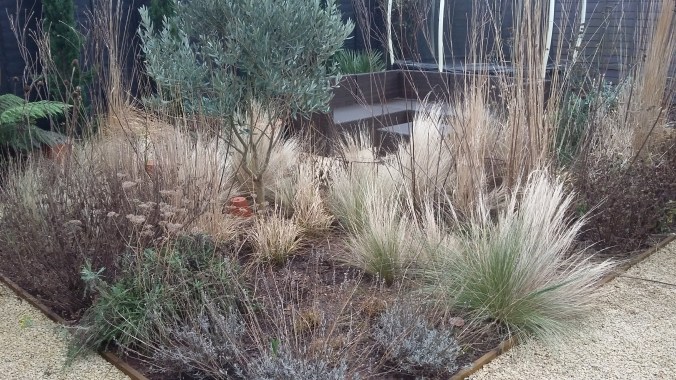
In the case of grasses cut back to just a few centimetres. If there is new growth already coming through, cut to a point just above the tips of new growth. Grasses grow from the base, which means if you cut the tops off the new growth, the new blades will have flat tips for the year.
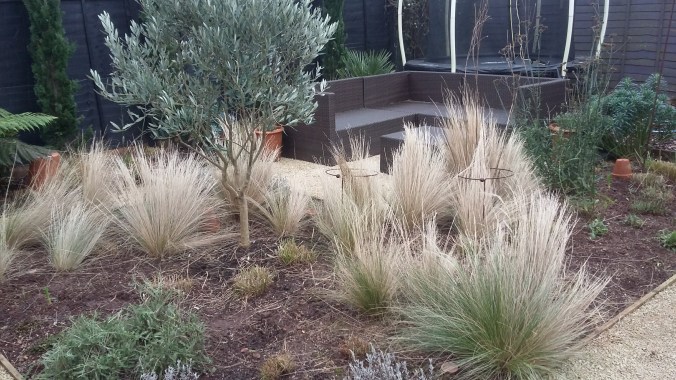
Just one note of caution: Where grasses are concerned, it is important to know your grasses. Only deciduous grasses require this treatment. In the case of evergreen grasses (such as Stipa tenuissima, Stipa gigantea or Anemanthele lessoniana) these should be combed of dead material by hand. Simply run your hands through them and take the dead material away in your fingers. Some grasses can be coarse enough to cut your hands so do wear gloves when doing this.
Don’t forget to add waste to the compost heap. If your heap is looking a little squishy and slimy, this carbon rich material will add valuable structure to your compost. Turning the plant waste into your heap will evenly distribute the material throughout the heap. At the same time your heap will get a vital oxygen boost and keep the composting process from stalling.
Be careful when navigating your way through beds and when cutting back your perennials, particularly grasses; you may just find a hedgehog or two hibernating in the undergrowth. If you should happen upon a hedgehog it may be best to leave it in its winter slumber. Move on to clearing another area of the garden and return to finish the job in a week or two when hopefully it will have moved on.
If you are unsure about pruning and need help with cutting your borders to get them in shape for spring, please get in touch here.
ROSES
Towards the end of the month, again depending on the microclimate of your garden, you might find that rose buds have begun to swell and start breaking into leaf. If so, now would be a good time to prune back to healthy, outward facing buds. Pruning just as the buds are breaking into leaf makes the task of identifying healthy stems much simpler.
For shrub roses, the aim is to try to create an open, vase-like framework. For climbing roses, the aim is to create a framework of stems tied into the structure of your choice (such as an arch), from which the new flowering stems will grow.
In all types of roses, prune out dead, diseased and damaged stems first. Remove any crossing or ingrowing stems that are likely to rub and cause future wounds & disease.
To maintain the current height of shrub roses, cut back by about a third to just above an outwards facing bud. If you want the plant to continue growing larger, then prune out less than a third. If the plant is too large, go harder.
I try not to worry about roses too much, I think its better to prune too hard than not at all. Roses are robust and it is very difficult to kill a mature rose by pruning too hard. If anything they get far too leggy and unproductive if left to get too tall and straggly.
As far as climbing roses are concerned, prune all side growths coming from the main stems you have trained in to your structure back to just one or two buds. Prune out any old or weak stems right back to the base of the plant. The plant will generate new stems from the base as a result, which can be selected and trained to replace old stems, or prune out as desired.
If your rose buds are not yet breaking, it may be better to leave this job until the end of winter in March.
If you are unsure about rose pruning and need help to get them in shape for spring, please get in touch here.
CONSIDER NEW PLANTING
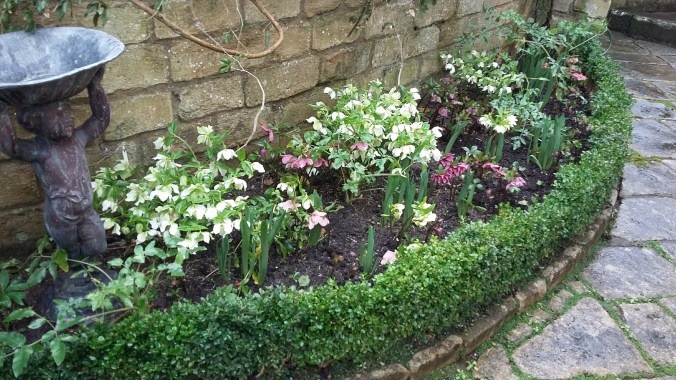
Has your winter garden been just that bit too bleak and uneventful this year? Perhaps consider planting up any gaps to give borders some interest for this time of year.
Hellebores are a classic herbaceous perennial for this time of year and one that I heartily recommend.
Shrub-wise, consider Cornus for winter stem colour. There are many types ranging from deep red, to fiery oranges and yellows, to yellow/limey green. For winter scent and flower consider Hammamelis. Flower colours range from pale yellow through orange, to rich rusty colours.
Planting design is one of the cornerstones of our business. If you would like professional advice on planting options, sourcing and planting, please get in touch here.




